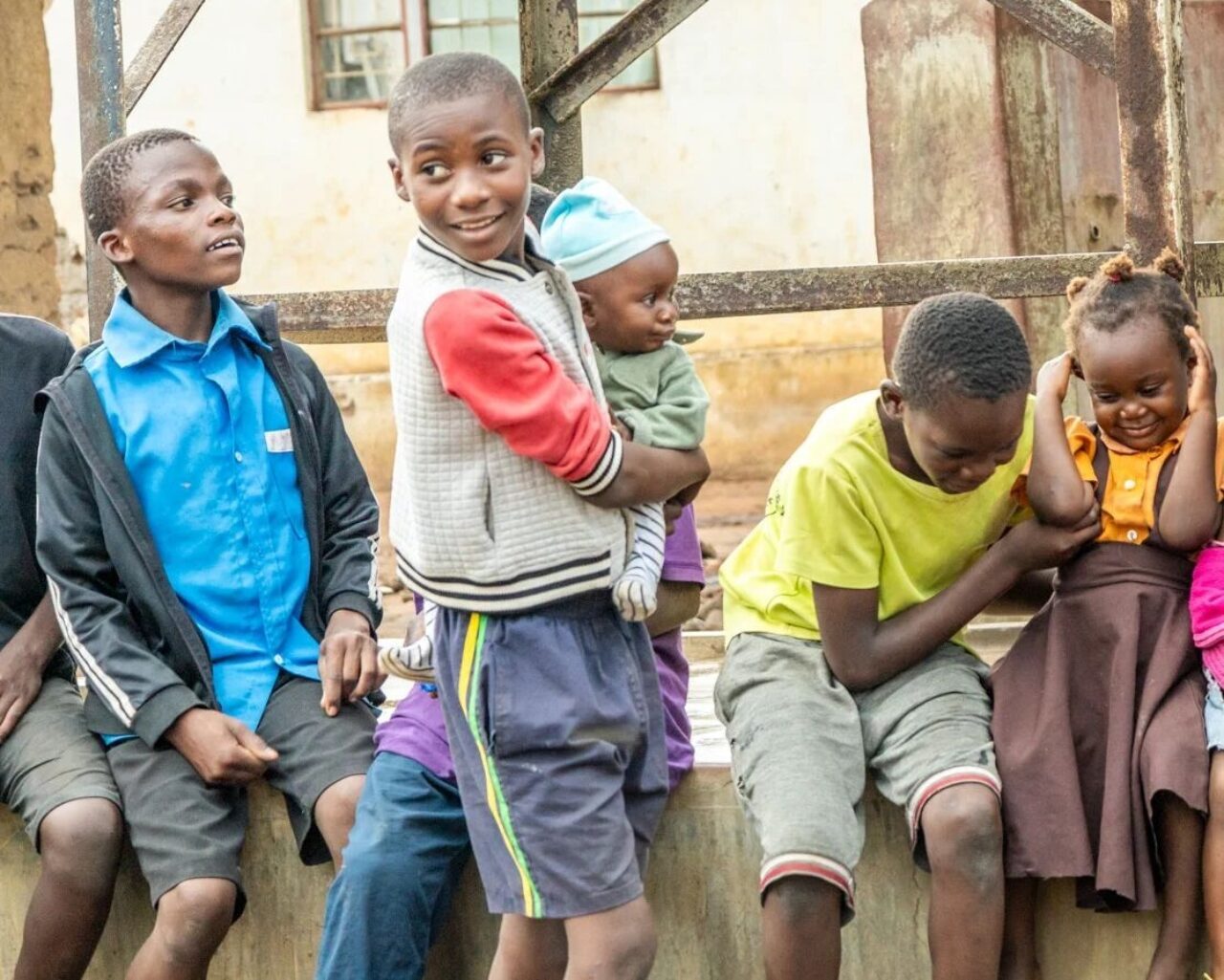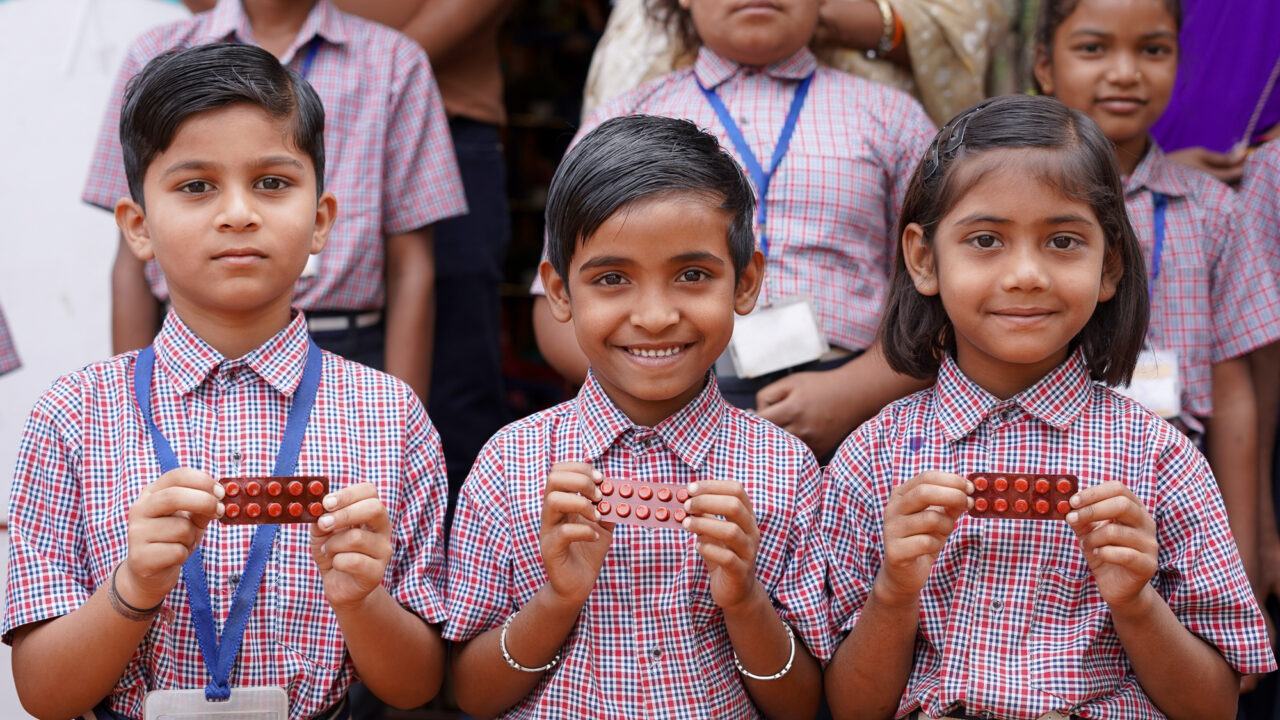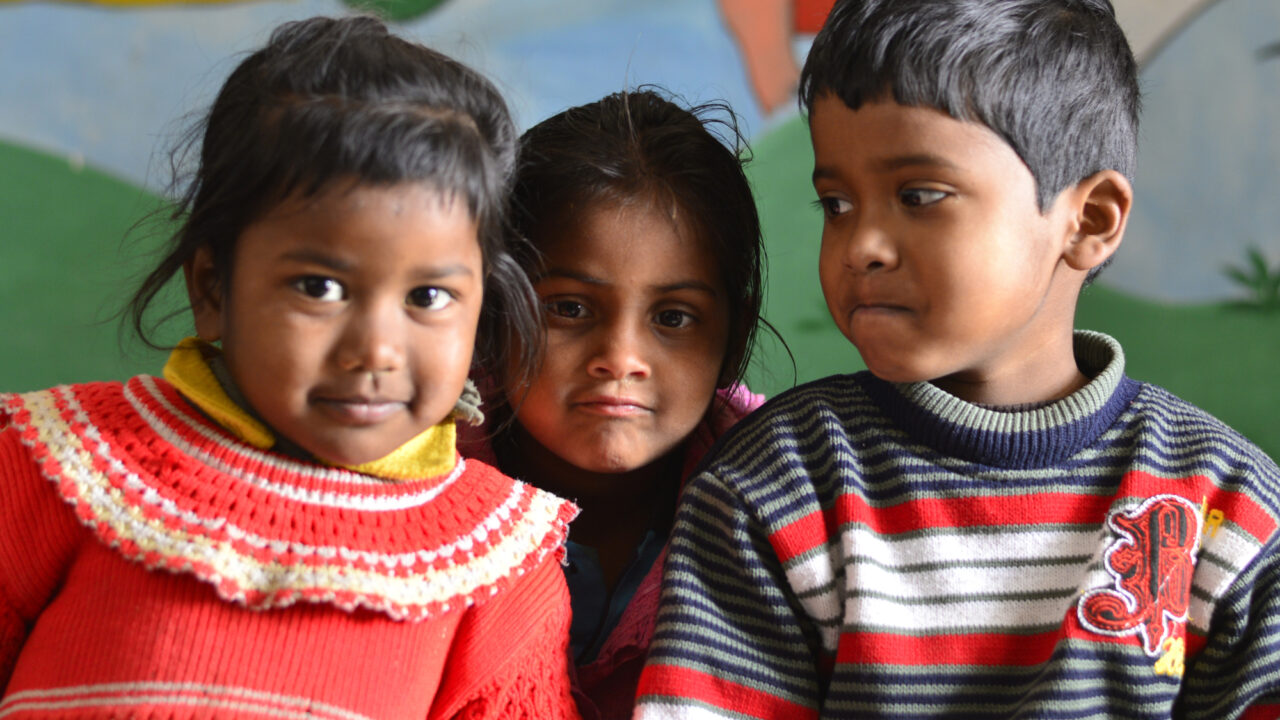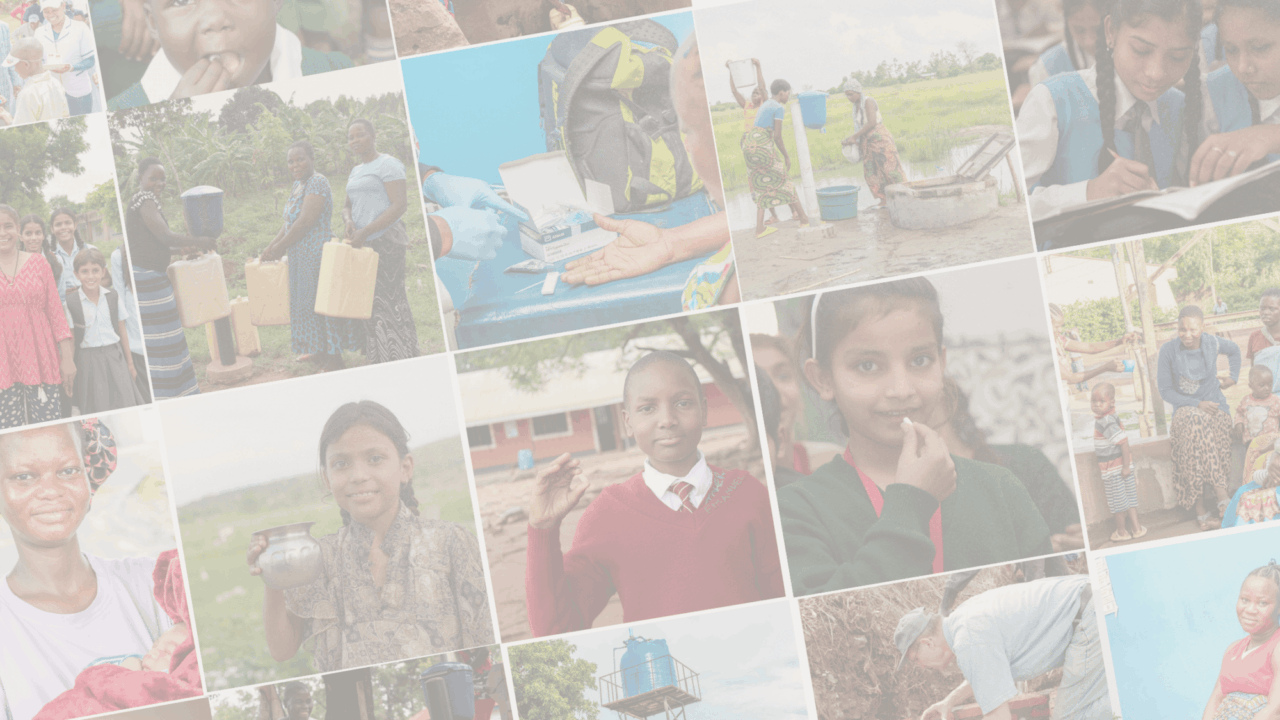It strikes me sometimes, in the daily grind of metrics and milestones, that it can be easy to lose sight of the fundamental questions driving our work in global health. Recently, I had the privilege of sitting down with Spencer Greenberg from Clearer Thinking for a really engaging conversation that took us right back to the core of what we're trying to achieve at Evidence Action: Why is it that some of the most remarkably effective, lifesaving health interventions so often struggle to reach the vast numbers of people who could benefit from them?
Listen:
It's a puzzle that has shaped our approach from the very beginning, when we set out to challenge some of the ingrained assumptions in the world of development and point toward a more impactful path forward. I unpacked some of my reflections, born from a desire to understand the bottlenecks and unlock the immense potential that lies within smarter, more evidence-driven development investments.
Here are five powerful ideas that drive Evidence Action’s approach to global development:
1. The simplicity paradox in global health
Global health has a blind spot: it chronically overlooks its most powerful tools. Some of the most remarkably effective, lifesaving health interventions are often the simplest, yet they struggle to attract attention and funding. Why? Partly because they're invisible. Safe water, for example, seems intuitive but goes unnoticed. When you turn on your tap, do you think about whether your water is chlorinated? Yet water treatment can save one in five young children’s lives, and costs just $1.50 per person per year to implement.
Another example is maternal syphilis screening, which can prevent 200,000 stillbirths and newborn deaths annually with a simple dual test that costs just 15 cents more than the HIV tests already being administered, followed by a 50-cent penicillin shot. In Liberia, we've dramatically increased syphilis screening from 7% to 88%, ensuring that 94% of women who test positive receive treatment – a success that has saved 1,300 infant lives.
This reflects a market failure in global health, where lifesaving and cost-effective interventions remain hidden in plain sight. They work. They scale. Yet year after year, they remain underfunded.
2. Health investments are the engine of wellbeing and growth
Health interventions do more than reduce diseases — they drive economic growth and break cycles of poverty. Our deworming program demonstrates this powerfully. When children receive deworming treatment at a cost of just 50 cents per child per year, the benefits extend far beyond immediate health improvements. Studies show that children who were dewormed earn 13% more as adults, with every dollar invested generating $169 in economic benefits over time.
Similarly, safe water interventions prevent costly illnesses that drain family resources. When a child gets sick from contaminated water, families in resource-constrained settings often spend $14-44 per clinic or hospital visit – an enormous sum when daily income might be just $5. By preventing these illnesses, families can direct their resources toward education, nutrition, or business ventures. These are not just health programs – they're economic catalysts with compounding returns.
3. Forget quick fixes — impact multiplies when governments lead
The narrative that governments in low-income countries can't scale health programs effectively isn't just wrong — it's holding back progress. When I look at where we've achieved the biggest scale, it's always through government partnerships. Our deworming program reached 220 million children at its peak – 25% of all children globally who needed treatment – because we worked through existing government school systems rather than creating parallel structures.
In India, we're partnering with their Jal Jeevan Mission, a $44 billion national program that has already installed water systems in 150 million rural households. By integrating in-line chlorination devices into these government water systems, we can potentially reach hundreds of millions of people with safe water. Governments have the clinics, the infrastructure, the supply chains, and the maintenance systems. By adapting to local constraints rather than bypassing them, we create sustainable solutions at a scale no NGO could achieve independently.
4. Innovation in delivery is just as important as innovation in technology
The most transformative breakthroughs often come from finding new ways to deliver existing solutions rather than inventing new ones. Our approach to anemia prevention illustrates this perfectly. Anemia affects over half of girls in countries like India and Malawi, causing fatigue, learning difficulties, and reduced cognitive development. The solution – iron and folic acid supplements – costs pennies and can boost IQ scores by 4.6 points. The innovation wasn't in creating a new supplement but in developing delivery systems that reach children consistently through schools. By working with five Indian states, we've helped reach 35 million children with this simple intervention.
Our commitment to delivery excellence drives us to adapt proven solutions, like our tailored in-line chlorination designs for the diverse realities of small piped water systems in settings like India, demonstrating our unique blend of technical expertise and on-the-ground understanding in pioneering safe water delivery. Low-tech interventions, though less glamorous than novel approaches, can generate greater impact per dollar spent – especially critical when we need to ensure that millions, or tens of millions, of people can benefit. We focus on innovations that work in real-world conditions, applying evidence, modeling, and rigorous analysis to existing interventions that can generate massive impact.
5. Risk boldly and fail openly
Traditional aid and philanthropy are often cautious about taking risks — especially when funding is limited. As a result, they may miss out on game-changing ideas that could significantly improve millions of lives.
In contrast to the tech sector, where investors accept risk in hopes of high returns, nonprofits face a different dynamic: the rewards of success benefit the world’s poorest communities, but the costs of failure fall on donors and the organization itself. This creates a system where risk-taking is discouraged — making it harder to test bold, innovative solutions that could have enormous impact.
Our experience with the No Lean Season program in Bangladesh exemplifies our commitment to both bold risk-taking and transparent evaluation. Initially, this program showed tremendous promise – $20 grants to agricultural laborers during the lean season increased household consumption by 30-35% and boosted caloric intake by 550-700 calories per person daily.
We scaled the program to over 40,000 laborers, but when rigorous testing showed disappointing results two years in a row, we made the difficult decision to shut it down. This transparency built trust with our donors and reinforced our commitment to evidence-based approaches, even when the evidence doesn't confirm our hopes. By creating organizational structures that can sustain occasional failures – maintaining flexible funding and adequate reserves – we can pursue high-risk, high-return approaches without existential threats to our mission.
As I shared with Spencer during our conversation, our work is about finding that sweet spot where evidence of impact, neglectedness, and potential for scale converge.
These ideas aren't theoretical – these are the hard-earned lessons from years of trying to bridge the gap between proven solutions and the communities that desperately need them. They challenge us to think differently about how we approach global development and where we focus our resources.
Our conversation reinforced what drives us at Evidence Action: the pursuit of exceptional impact through surprisingly simple solutions. We're constantly asking 'What works?' and 'How can we reach more people?' rather than 'What's new?' or 'What's flashy?'
I invite you to listen and join us in reimagining what's possible when we focus on the deceptively simple solutions with extraordinary potential.



